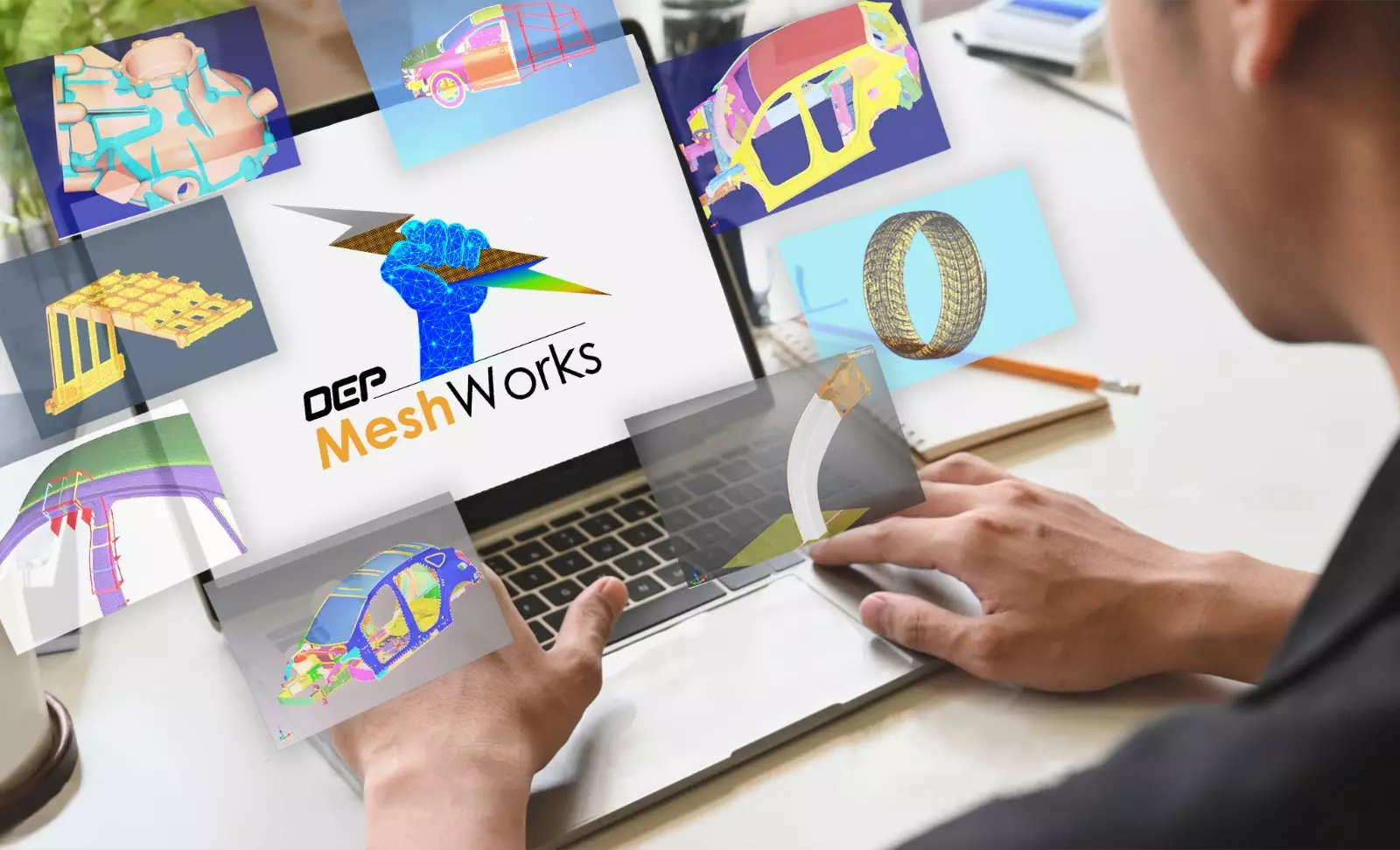How Computer-Aided Engineering is Revolutionizing Product Design
Computer-aided engineering has revolutionized product design by enabling virtual experimentation and analysis at all stages of development.

How Computer-Aided Engineering is Revolutionizing Product Design.
In an exclusive interview with Deccan Chronicle, Radha Krishnan, President and Founder of Detroit Engineered Products (DEP), talks about how computer-aided engineering (CAE) is transforming product design and development in industries like automotive, aerospace, and consumer electronics.
How does computer-aided engineering (CAE) contribute to the design and development process in industries?
Computer-aided engineering has revolutionized product design by enabling virtual experimentation and analysis at all stages of development. Instead of relying on time-consuming and costly physical prototypes, engineers can now build, test, and refine digital models under a wide range of simulated conditions. This not only speeds up the design validation process but also ensures higher accuracy in predicting product performance, reliability, and safety.
In industries like automotive, aerospace, and consumer electronics, CAE tools help in creating detailed simulations of stress, heat, vibration, and fluid flow, allowing potential problems to be addressed early in the design phase. This proactive approach reduces the risk of late-stage failures and recalls. Additionally, CAE platforms support cross-functional collaboration, where design, testing, and manufacturing teams can work on shared models to streamline development cycles.
Modern platforms that offer an integrated toolset—from meshing and morphing to process automation and optimization—empower engineers to make design changes quickly without losing context. Tools with these capabilities, such as DEP MeshWorks, bring together CAD, simulation, and data analytics in a cohesive environment, enhancing traceability and significantly reducing engineering effort.
What role does simulation play in speeding up product development and reducing potential issues?
Simulation plays a critical role in accelerating product development by allowing engineers to evaluate how a product will perform under real-world conditions—without the need for physical prototypes. It enables early detection of design flaws, reducing the risk of costly or unsafe issues later in the cycle.
By creating virtual models, engineers can test multiple design scenarios and optimize for factors like weight, cost, and compliance. Automated analysis tools further streamline this process by quickly highlighting performance issues. Simulation also supports iterative design, where changes can be tested and refined rapidly. Leveraging existing models for morphing and updates significantly boosts efficiency, helping deliver higher-quality products faster and at lower cost.
How do digital twins powered by CAE help companies monitor and improve their products in real-time?
Digital twins bridge the gap between physical assets and virtual models, offering an intelligent and dynamic way to monitor, simulate, and predict product behavior in real time. These digital replicas are built using CAE data, enriched with real-world operational inputs through IoT sensors, and allow companies to perform live diagnostics and predictive maintenance on their systems.
With a digital twin, organizations can simulate ‘what-if’ scenarios using current usage data to forecast outcomes such as wear, fatigue, or energy efficiency. This leads to informed decision-making, extending the life of products, and reducing unexpected downtime. By integrating CAE-powered simulations into the digital twin framework, businesses can continuously update and optimize the virtual model to reflect actual performance, improving accuracy and utility.
Additionally, real-time feedback enables engineers to track how product designs perform under various environments and loads—information that can be looped back into future design improvements.
In what ways do technologies like IoT, AI, and ML enhance engineering processes and product design?
Technologies like AI and ML are now critical enablers in product development. They automate repetitive tasks such as geometry recognition and mesh clean-up, analyze large sets of simulation data quickly, and uncover hidden design insights. When paired with IoT, these tools can use real-time data from physical assets to improve modeling accuracy and performance forecasting—making the entire engineering process more intelligent and responsive.
What benefits do advanced tools like CAE bring to engineers in terms of productivity and problem-solving?
Advanced CAE tools dramatically increase engineering productivity by automating repetitive tasks and enabling deeper, more insightful analysis. Engineers are able to shift focus from model setup and data handling to solving real design problems. Capabilities such as automated meshing, model assembly, and parametric design dramatically reduce the manual workload while maintaining high levels of accuracy and consistency across projects.
These tools also offer faster iteration cycles by allowing changes to be applied across multiple linked models—enabling simultaneous updates to crash, durability, NVH, and CFD simulations. Instead of rebuilding models, engineers can adjust parameters and instantly see the impact on performance, which supports rapid innovation and experimentation.
Additionally, CAE platforms with integrated optimization modules support multi-disciplinary design efforts, helping teams meet performance targets while reducing product weight and manufacturing costs. Having a unified system—such as MeshWorks—enables seamless transition between concept creation, simulation, and refinement, making it easier to manage complex projects across departments. This results in better design outcomes, faster turnaround times, and a more agile engineering process overall.
( Source : Deccan Chronicle )
Next Story

